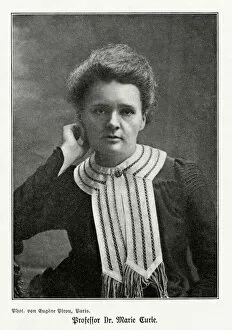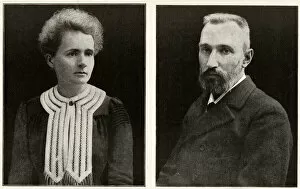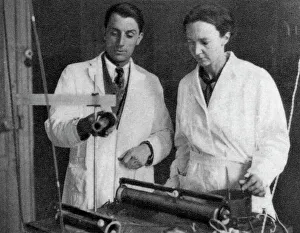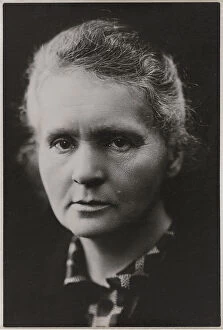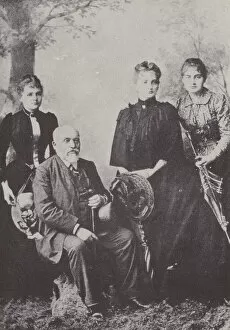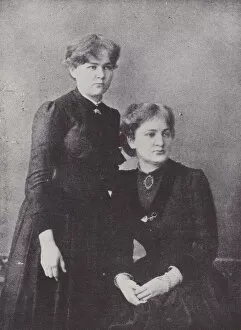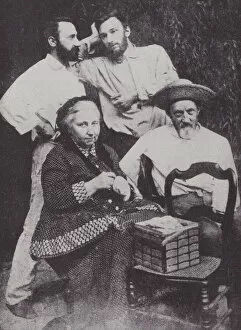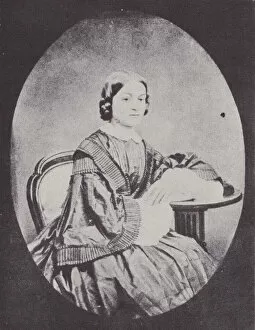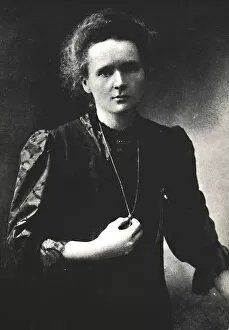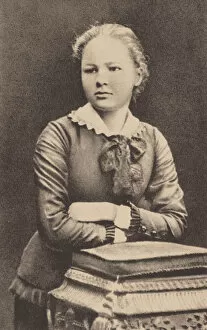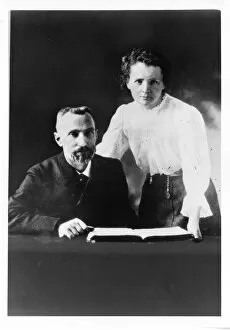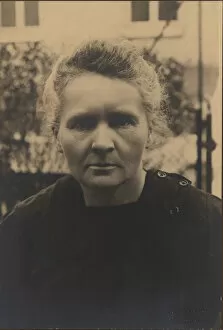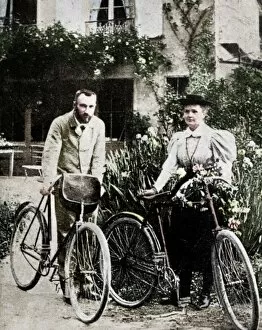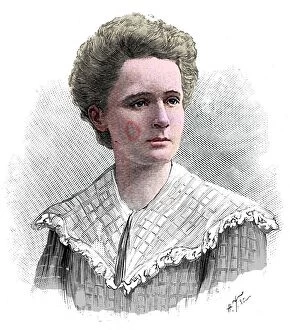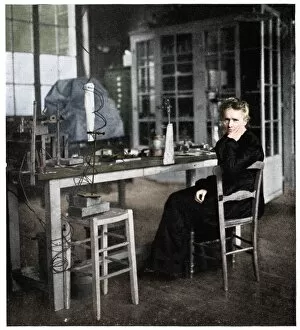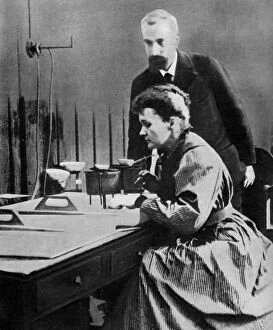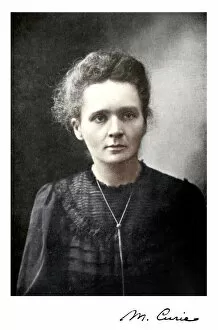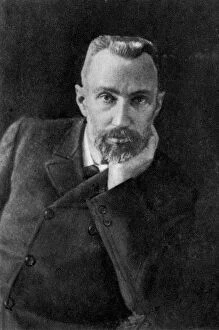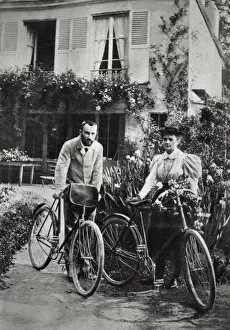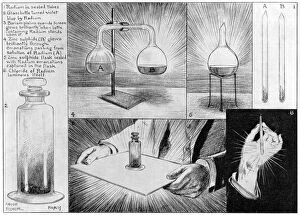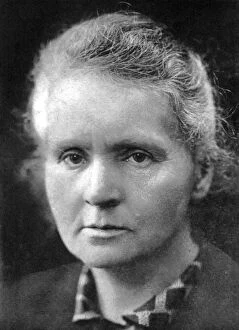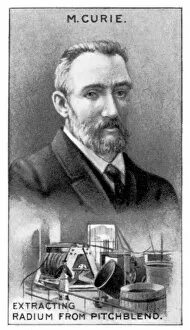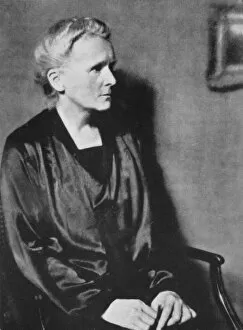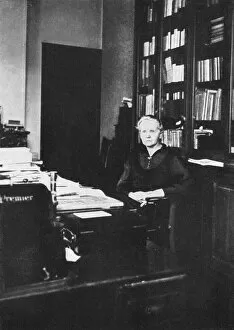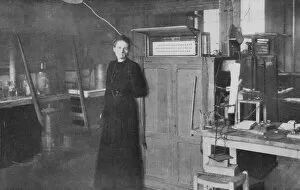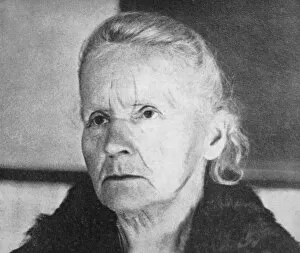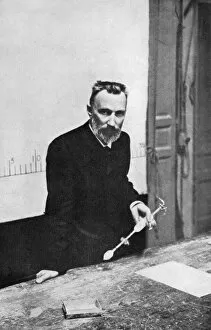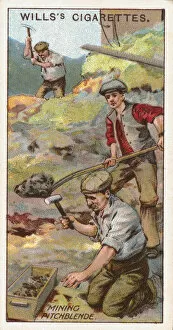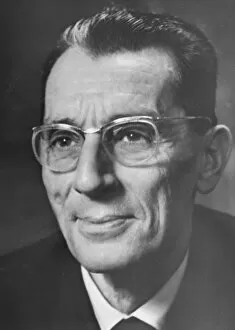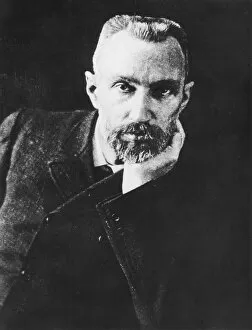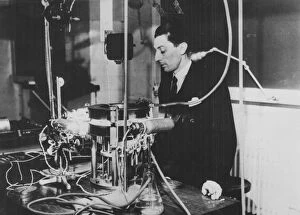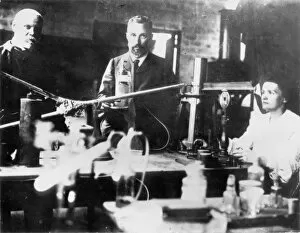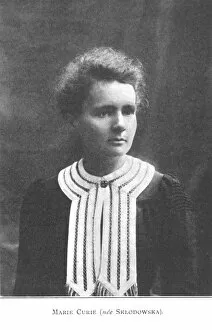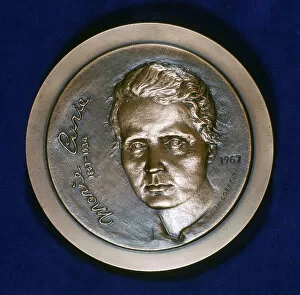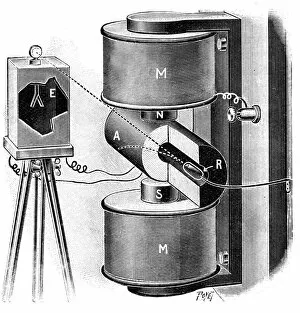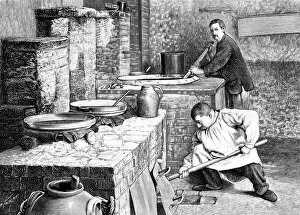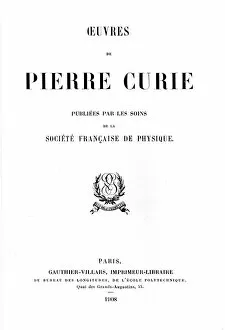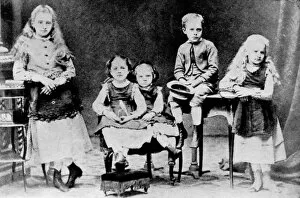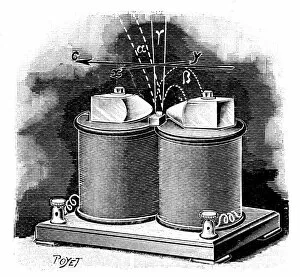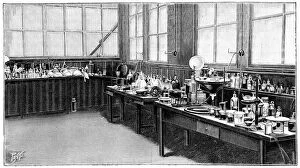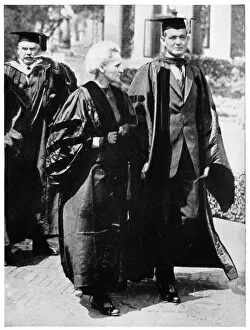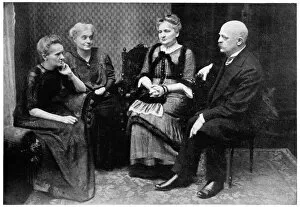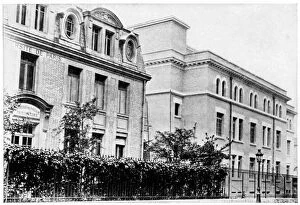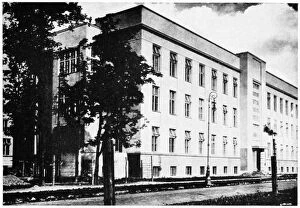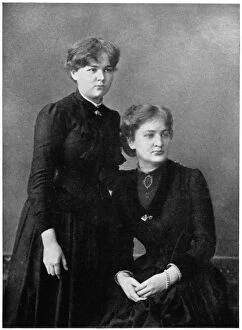Marie Sklodowska Curie Collection
Marie Sklodowska Curie, a trailblazing Polish-French physicist, left an indelible mark on the world of science
For sale as Licensed Images
Choose your image, Select your licence and Download the media
Marie Sklodowska Curie, a trailblazing Polish-French physicist, left an indelible mark on the world of science. Alongside her husband Pierre Curie, they formed a formidable duo in their research on radioactivity. Their groundbreaking discoveries earned them the Nobel Prize in Physics in 1903, making Marie the first woman to ever receive this prestigious honor. Born in 1867, Marie's passion for knowledge and determination led her to pursue higher education at a time when women were often discouraged from doing so. She overcame numerous obstacles and became not only one of the most influential scientists of her time but also an inspiration for future generations. The legacy of Marie Curie extended beyond her own achievements. Her daughter Irene Joliot-Curie followed in her footsteps and won the Nobel Prize herself alongside her husband Frederic Joliot-Curie in 1935. This remarkable family lineage showcased their unwavering dedication to scientific exploration. Captured through black-and-white photographs that have stood the test of time, these images offer glimpses into Marie's life journey. From a young age portrait taken when she was just sixteen to intimate family moments with Pierre and their three daughters, we witness both personal joy and professional collaboration within The Curie Family. Madame Sklodovska's stoic expression reflects her unwavering commitment to advancing scientific understanding despite societal barriers faced by women during that era. Another portrait from c1901 showcases Madame Curie radiating confidence as she embarks on new frontiers of discovery. Marie Sklodowska Curie forever changed our understanding of physics and radiation while paving the way for countless female scientists who would follow in her footsteps.

